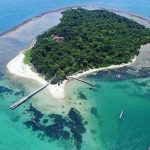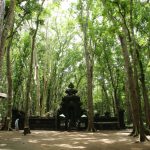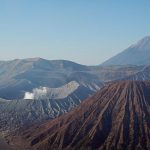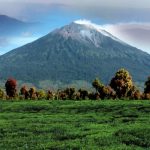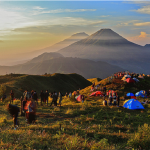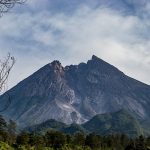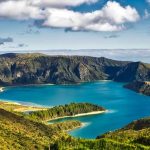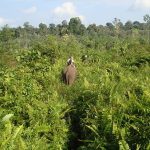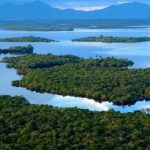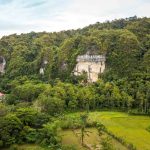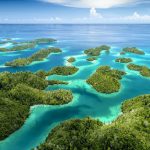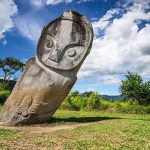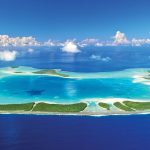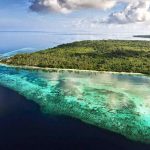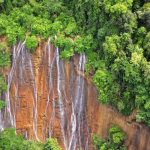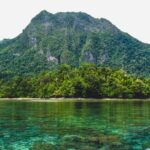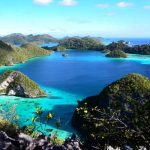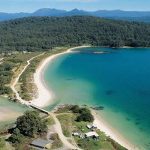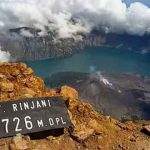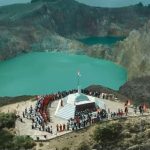Taman Nasional
National Park
in Indonesia
National Park
Taman Nasional
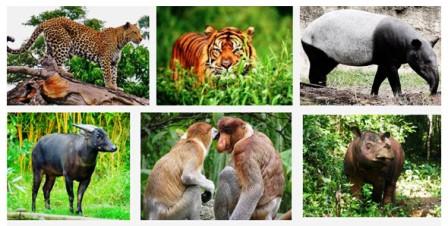 In Indonesia, according to Law Number 5 of 1990 concerning the Conservation of Living Natural Resources and their Ecosystems, National Parks are defined as natural conservation areas that have native ecosystems, managed by a zoning system that is used for research, science, education, and cultivation support purposes. tourism, and recreation.
In Indonesia, according to Law Number 5 of 1990 concerning the Conservation of Living Natural Resources and their Ecosystems, National Parks are defined as natural conservation areas that have native ecosystems, managed by a zoning system that is used for research, science, education, and cultivation support purposes. tourism, and recreation.
National parks that have been designated as UNESCO World Heritage Sites include the Komodo National Park in East Nusa Tenggara, Lorentz National Park in Papua and Ujung Kulon National Park in Banten. Gunung Leuser National Park in North Sumatra and Aceh, Kerinci Seblat National Park in Jambi and Bukit Barisan Selatan National Park in Lampung, Bengkulu and South Sumatra, are also included in the UNESCO World Heritage Site, which is part of the Tropical Rainforest Heritage of Sumatra.
This is the list of the national parks of Indonesia. Of the 54 national parks, 6 are World Heritage Sites, 9 are part of the World Network of Biosphere Reserves and 5 are wetlands of international importance under the Ramsar convention. A total of 9 parks are largely marine. Around 9% of the Indonesia surface are national parks (less than the 25% of Germany or the 33% of France).
The first group of five Indonesian national parks were established in 1980. This number increased constantly reaching 41 in 2003. In a major expansion in 2004, nine more new national parks were created, raising the total number to 50. Mount Tambora was added in 2015. 3 more National Parks in Sumatra, Sulawesi, and Bangka Island were added in 2016.
Java
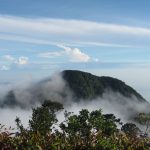

Sumatra
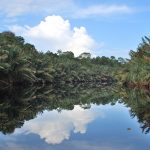

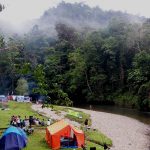
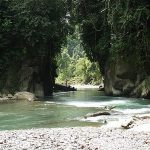


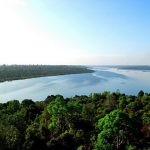

Kalimantan

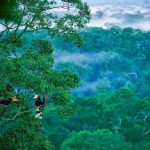
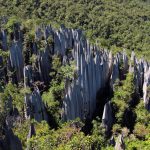
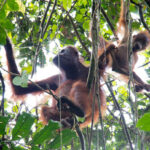
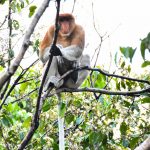
Sulawesi

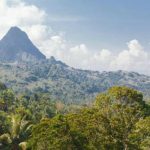

Maluku & Papua
Lesser Sunda Islands
There are 54 National Parks in Indonesia
Around 9% of the Indonesia surface are National Parks

